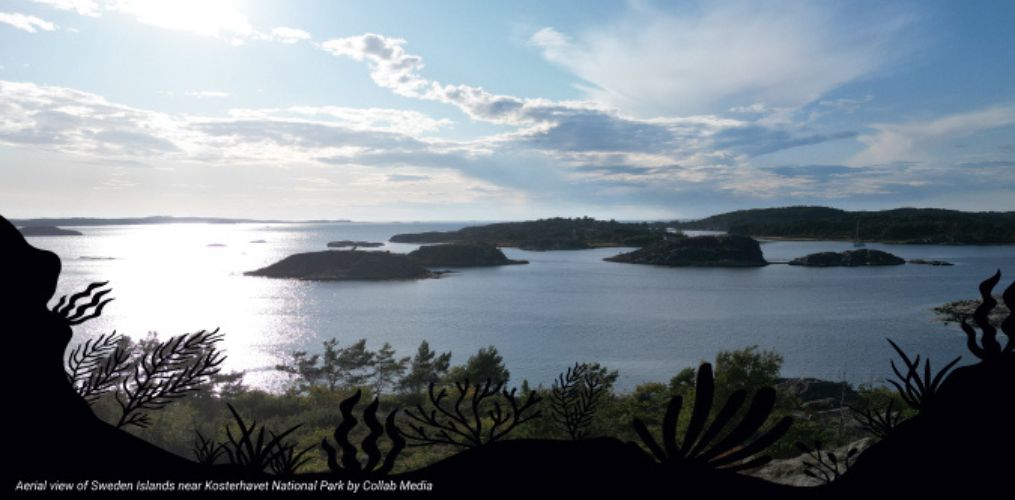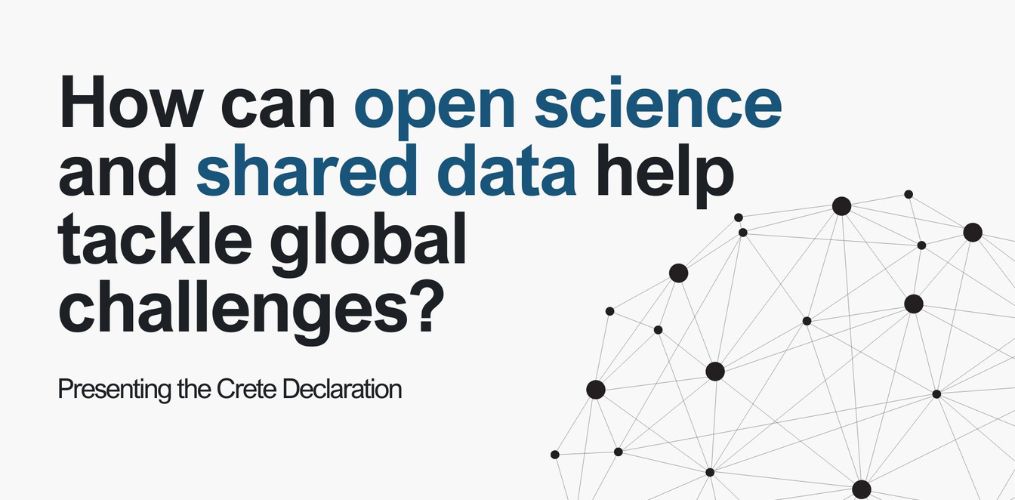What can 26 years of underwater video recordings tell us about climate change and human pressures on the sea?
Researchers from the University of Gothenburg’s Tjärnö Marine Laboratory have analysed footage from Sweden’s Kosterhavet National Park, the first marine national park in Sweden, to get a clearer understanding of the rapid transformations that marine ecosystems are undergoing. Spanning over 26 years, this analysis has great potential to show us how human and climate influence are literally reshaping the sea floor.
The study, published in the Ecology and Evolution journal, has been funded by the DTO-BioFlow project. DTO-BioFlow is a Horizon Europe Research and Innovation Action, that brings together 28 European partners to improve access to marine biodiversity data, apply artificial intelligence in ocean monitoring, and connect these resources to EMODnet and EDITO. As part of the project’s consortium, LifeWatch ERIC demonstrates with policy-relevant use cases the benefit of an end-to-end approach for biodiversity monitoring, as part of the project’s consortium.
This work offers a concrete illustration of how AI can contribute to ecosystem monitoring and management, by transforming “sleeping data” like archives of footage into ecological knowledge: it can tell us if protection measures are actually working, and show us the seabed’s responses to rising temperatures.
The results of the study showed that the restrictions introduced over the past 25 years in Sweden’s waters have contributed to the recovery of sensitive seabed communities, creating solid ground for the implementation of similar measures in other areas.
Read more on the DTO-BioFlow website: https://dto-bioflow.eu/news/using-deep-learning-unlock-decades-marine-biodiversity-data-and-plan-marine-recovering


